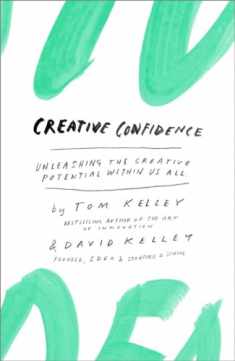
The Cambridge Handbook of Creativity (Cambridge Handbooks in Psychology)
Book details
Summary
Description
The Cambridge Handbook of Creativity is a comprehensive scholarly handbook on creativity from the most respected psychologists, researchers, and educators. This handbook serves both as a thorough introduction to the field of creativity and as an invaluable reference and current source of important information. It covers such diverse topics as the brain, education, business, and world cultures. The first section, "Basic Concepts," is designed to introduce readers to both the history of and key concepts in the field of creativity. The next section, "Diverse Perspectives of Creativity," contains chapters on the many ways of approaching creativity. Several of these approaches, such as the functional, evolutionary, and neuroscientific approaches, have been invented or greatly reconceptualized in the last decade. The third section, "Contemporary Debates," highlights ongoing topics that still inspire discussion. Finally, the editors summarize and discuss important concepts from the book and look to what lies ahead.


We would LOVE it if you could help us and other readers by reviewing the book
Book review





